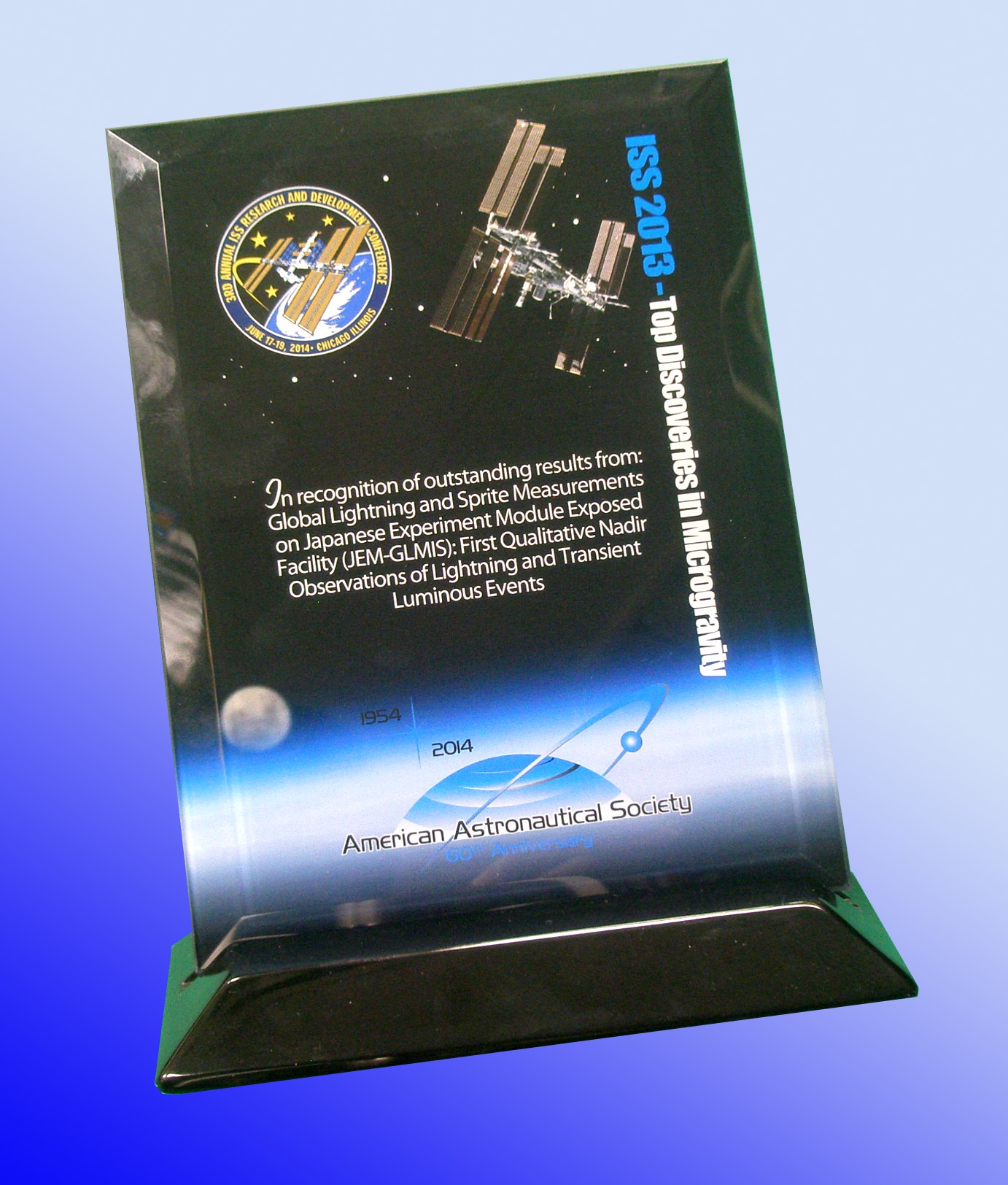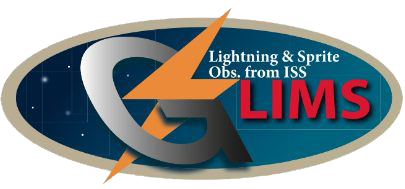


Its circulation through the hydrological cycle sustains Earth’s biosphere, which remains inherently vulnerable to the variability in water supply. Life on Earth is intimately connected to the availability of water, to the point that when we search for life on other planets, we search for water. Keywords: Hydrologic cycle Satellite observations Surface fluxes Surface observations Water masses/storage Water budget/balance An advanced closure of the water cycle requires improved model–data synthesis capabilities, particularly at regional to local scales. Trends in water cycle components can only be observed with great uncertainty, mainly due to insufficient length and homogeneity. We conclude that, while long-term water cycle monitoring has greatly advanced in the past, many observational gaps still need to be overcome to close the water budget and enable a comprehensive and consistent assessment across scales. On this basis, we discuss gaps in observation systems and formulate guidelines for future water cycle observation strategies. Particularly, we assess how well they close on multiple temporal and spatial scales. We evaluate the relevant land, atmosphere, and ocean water storages and the fluxes between them, including anthropogenic water use. Here, we review the capability of ground-based and remotely sensed observations of water cycle ECVs to consistently observe the hydrological cycle. Since long-term observations of these ECVs are derived from different observation techniques, platforms, instruments, and retrieval algorithms, they often lack the accuracy, completeness, and resolution, to consistently characterize water cycle variability at multiple spatial and temporal scales. The Global Climate Observing System (GCOS) defines a suite of essential climate variables (ECVs), many related to the water cycle, required to systematically monitor Earth’s climate system. Understanding these changes is pivotal for developing mitigation and adaptation strategies. Human pressure on freshwater resources is increasing, as is human exposure to weather-related extremes (droughts, storms, floods) caused by climate change. Life on Earth vitally depends on the availability of water. Summary of (semi-)operational long-term global observing systems and large-scale water cycle studies.Integration of ECVs with other components and models.Continuation and expansion of existing observation systems.Example of global integration of state-of-the-art fluxes.Water cycle integration across spatial and temporal scales.Integrating water cycle components at various scales.Recent state of water budget closure and imbalance.SALINITY AS A PROXY FOR THE OCEAN WATER CYCLE.


 0 kommentar(er)
0 kommentar(er)
